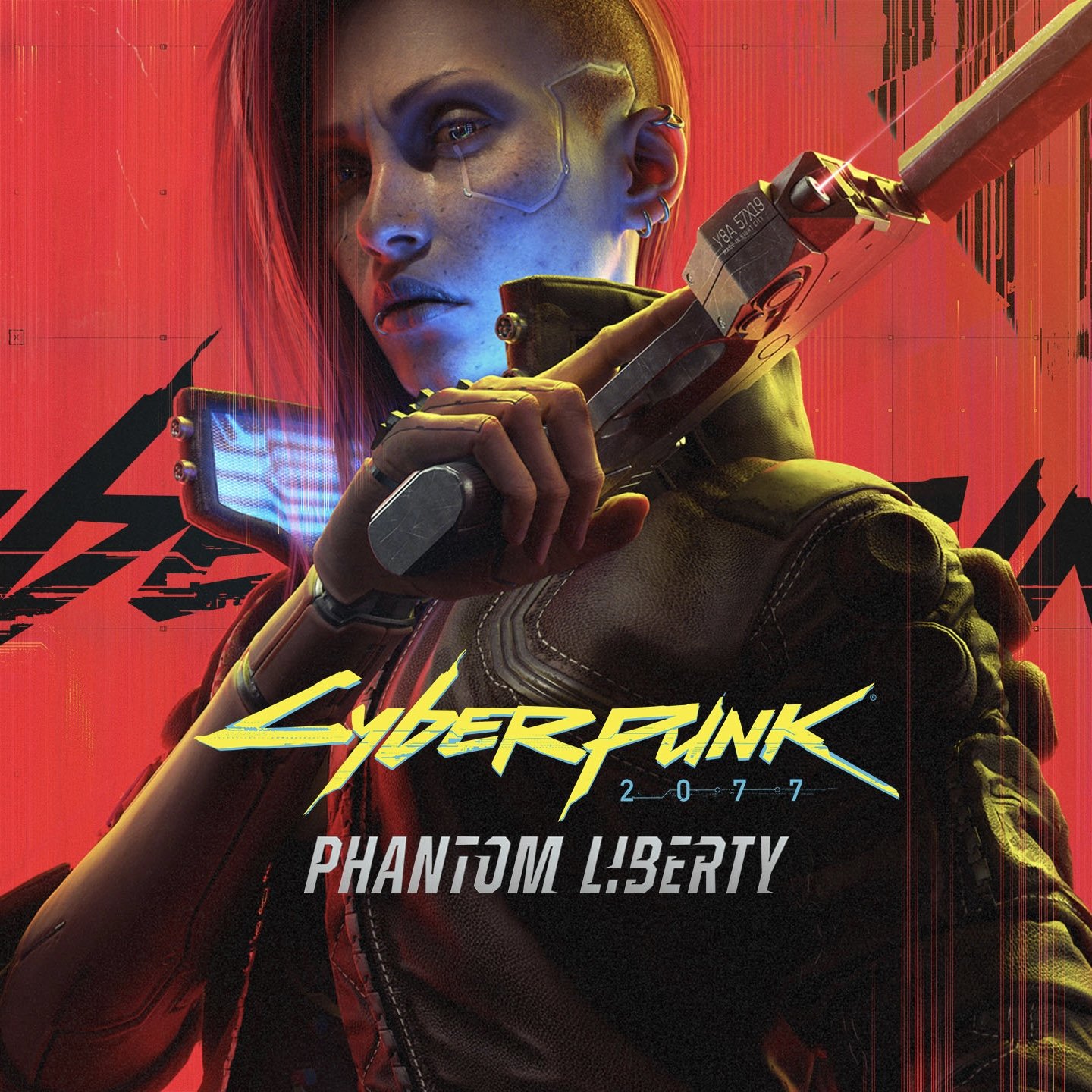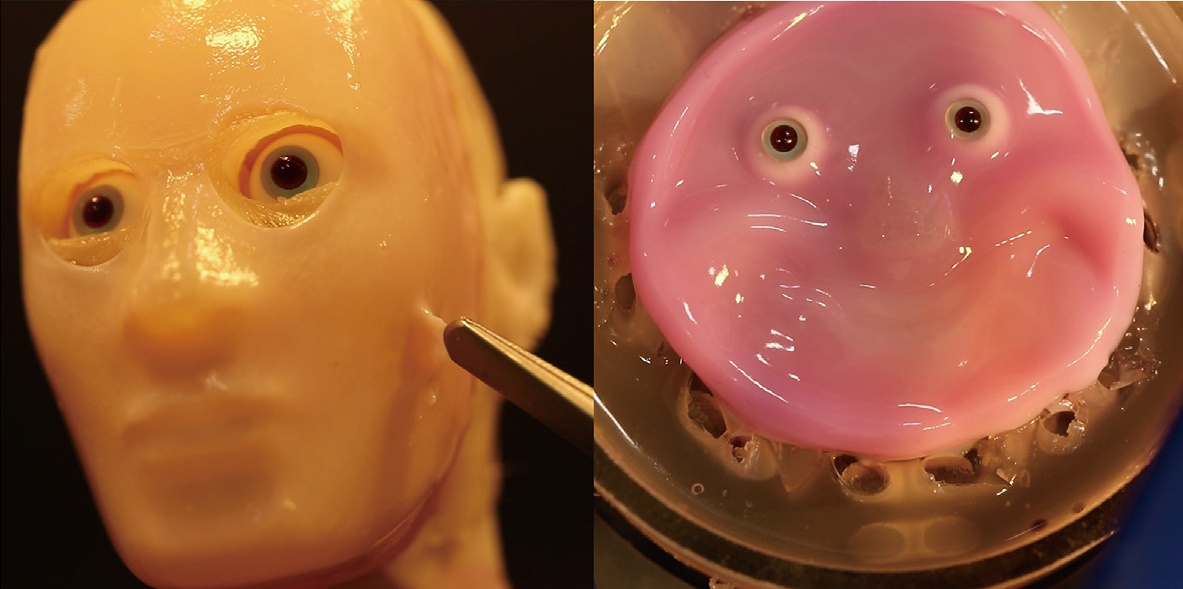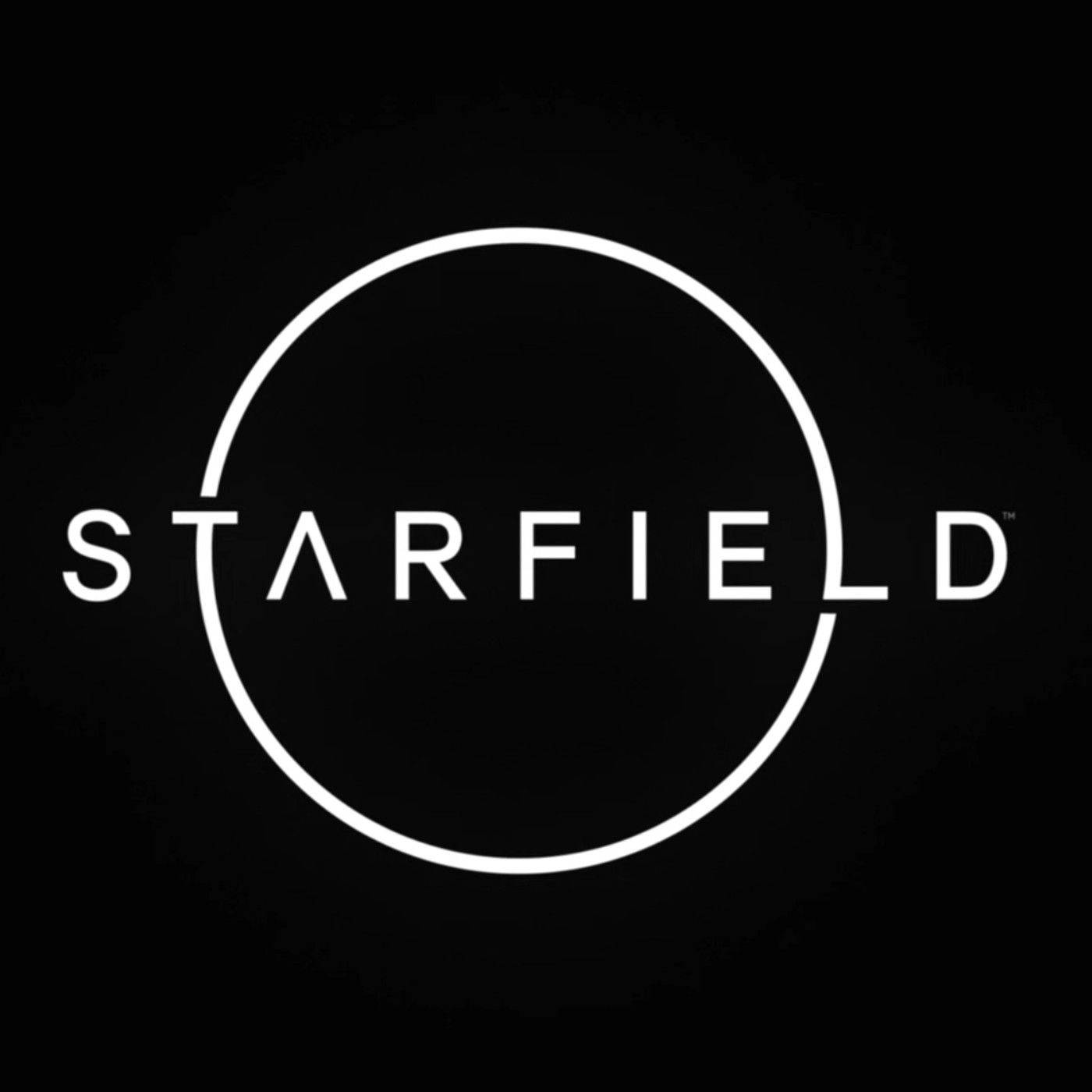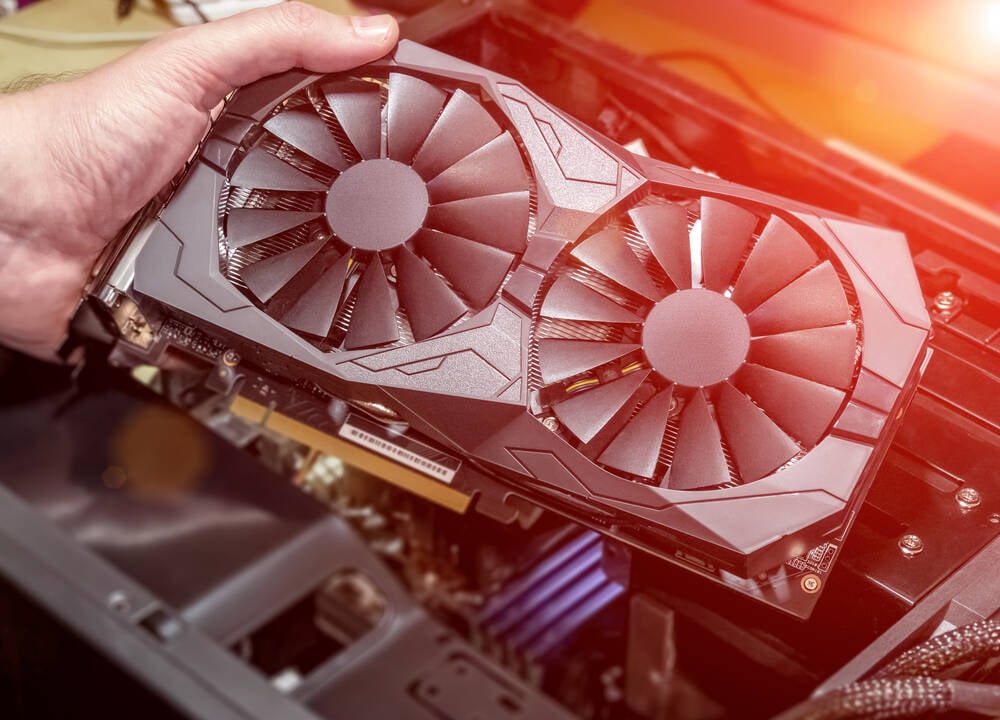- 818 Posts
- 51 Comments

 201·6 months ago
201·6 months agoLikely due to being a prototype. Production laptops from Tuxedo tend to have the “TUX” penguin in a circle logo on the Super key by default. They also have been offering custom engraved keyboard (even with the entire keyboard engraved from scratch to the customer’s specifications) as added service, so probably there will be suppliers or production facility to change the Super key.
By the way, there was one YouTube channel that ended up ordering a laptop with Windings engraving from them: https://youtu.be/nidnvlt6lzw?t=186
If you want RTX though (does it work properly on Linux?)
Yes it does. For example, Hans-Kristian Arntzen declared the DirectX Raytracing (DXR) implementation in VKD3D-proton as feature complete in February 2023 (https://github.com/HansKristian-Work/vkd3d-proton/issues/154#issuecomment-1434761594). And since November 2023/release 2.11, VKD3D-proton in fact runs with DXR enabled by default (https://github.com/HansKristian-Work/vkd3d-proton/releases/tag/v2.11).

 1·6 months ago
1·6 months agoHow does this analogy work at all? LoRA is chosen by the modifier to be low ranked to accommodate some desktop/workstation memory constraint, not because the other weights are “very hard” to modify if you happens to have the necessary compute and I/O. The development in LoRA is also largely directed by storage reduction (hence not too many layers modified) and preservation of the generalizability (since training generalizable models is hard). The Kronecker product versions, in particular, has been first developed in the context of federated learning, and not for desktop/workstation fine-tuning (also LoRA is fully capable of modifying all weights, it is rather a technique to do it in a correlated fashion to reduce the size of the gradient update). And much development of LoRA happened in the context of otherwise fully open datasets (e.g. LAION), that are just not manageable in desktop/workstation settings.
This narrow perspective of “source” is taking away the actual usefulness of compute/training here. Datasets from e.g. LAION to Common Crawl have been available for some time, along with training code (sometimes independently reproduced) for the Imagen diffusion model or GPT. It is only when e.g. GPT-J came along that somebody invested into the compute (including how to scale it to their specific cluster) that the result became useful.

 21·6 months ago
21·6 months agoThis is a very shallow analogy. Fine-tuning is rather the standard technical approach to reduce compute, even if you have access to the code and all training data. Hence there has always been a rich and established ecosystem for fine-tuning, regardless of “source.” Patching closed-source binaries is not the standard approach, since compilation is far less computational intensive than today’s large scale training.
Java byte codes are a far fetched example. JVM does assume a specific architecture that is particular to the CPU-dominant world when it was developed, and Java byte codes cannot be trivially executed (efficiently) on a GPU or FPGA, for instance.
And by the way, the issue of weight portability is far more relevant than the forced comparison to (simple) code can accomplish. Usually today’s large scale training code is very unique to a particular cluster (or TPU, WSE), as opposed to the resulting weight. Even if you got hold of somebody’s training code, you often have to reinvent the wheel to scale it to your own particular compute hardware, interconnect, I/O pipeline, etc… This is not commodity open source on your home PC or workstation.

 2·6 months ago
2·6 months agoThe situation is somewhat different and nuanced. With weights there are tools for fine-tuning, LoRA/LoHa, PEFT, etc., which presents a different situation as with binaries for programs. You can see that despite e.g. LLaMA being “compiled”, others can significantly use it to make models that surpass the previous iteration (see e.g. recently WizardLM 2 in relation to LLaMA 2). Weights are also to a much larger degree architecturally independent than binaries (you can usually cross train/inference on GPU, Google TPU, Cerebras WSE, etc. with the same weights).

 3·9 months ago
3·9 months agoGerman news outlets reported that there were certain days, when this person received as many as three vaccinations within the same day. https://archive.ph/pqwVK (in German, original pay-walled)

 25·10 months ago
25·10 months agoMy understanding is that it allows you to play planar video from a website, but not (yet?) side-loaded videos that are spherical/hemispherical. And the latter is what these people really wanted for this application.

 2·10 months ago
2·10 months agoThere are now summaries from non pay-walled (and English) press: https://www.eurogamer.net/new-the-day-before-report-alleges-employees-fined-for-making-mistakes

 8·10 months ago
8·10 months agoMy motivation was the “dead wrong expecting someone to step up like adults in the room” part.

 2·10 months ago
2·10 months agoSee to the right:
Here you may post anything related to DeGoogling, why we should do it or good software alternatives!
Retention, or the lack thereof, when cold-stored.
In term of SD or standard NAND, not even Nintendo does that. Nintendo builds Macronix XtraROM in their Game Card, which is some proprietary Flash memory with claimed 20 year cold storage retention. And they introduced the 64 GB version only after a lengthy delay, in 2020. So it seems that the (lack of) cold storage performance of standard NAND Flash is viewed by some in the industry as not ready for prime time. Macronix discussed it many years back in a DigiTimes article: https://www.digitimes.com/news/a20120713PR201.html.
And Sony and Microsoft are both still building Blu-ray-based consoles.

 11·10 months ago
11·10 months agoYes. If you mean “CLI” as for e.g. pacman install, it is a GUI (Electron) application, so I expect will install straight from e.g. KDE Discover and then run without you touching the shell.

 21·10 months ago
21·10 months agoInstalling podman-compose with the immutable filesystem is fairly straight forward, since it is just a single Python file (https://github.com/containers/podman-compose/blob/devel/podman_compose.py), which you can basically install anywhere in your path. You can also first bootstrap pip (
python3 get-pip.py --userwithget-pip.pyfrom https://github.com/pypa/get-pip) and then dopip3 install --user podman-compose.

 191·10 months ago
191·10 months agoThere might be several misunderstandings:
- Docker Desktop ≠ Docker Engine, and I think what you (and several in this thread) are thinking is actually Docker Engine. Docker Desktop ultimately includes a Docker Engine inside, but it does not appear you need that virtual machine (e.g. running non-Linux code). See: https://docs.docker.com/desktop/faqs/linuxfaqs/#what-is-the-difference-between-docker-desktop-for-linux-and-docker-engine
- Docker Desktop is based on KVM, which already works with Flatpak. So this is not something new. For example, GNOME Boxes is available as Flatpak and provides a way to run KVM guests in SteamOS.
- Starting with version 3.5 (the current stable) SteamOS already includes Podman with the default installation. And running the daemon-y Docker Engine “bare metal” is not going to be any easier with the immutable filesystem. While Docker Desktop solves this by using KVM, it adds another layer with performance loss, vs. just running Podman containers.
So what you want is already available, and no Docker Desktop is actually needed.

 2·10 months ago
2·10 months agoThere are plenty of EDID blockers and emulators already on the market. Unfortunately, no, “find[ing] […] the monitor’s model number” is not as trivial as you may think, if somebody really wants to evade. It is quite trivial nowadays to spoof the EDID in hardware, without the software able to do anything.

 111·11 months ago
111·11 months agoThe was a GNOME FAQ that describes “guh-NOME” or IPA /ɡˈnəʊm/ as the official pronunciation, due to the emphasis of G as GNU. It does acknowledge that many pronounce it “NOME” or /nəʊm/: https://stuff.mit.edu/afs/athena/astaff/project/aui/html/pronunciation.html

 31·11 months ago
31·11 months agoOriginal video, via Nitter: https://nitter.net/VCFD_PIO/status/1740541508707906012 Full/original video of another view, referenced underneath the same VCFD post: https://www.facebook.com/100000103854833/videos/339998562146021/
 41·11 months ago
41·11 months agoFirst of all, the source is CNBC, so it is not a “weir vendetta […] solely on the .ml instances.” This and e.g. their prior article (https://www.cnbc.com/2023/09/26/organized-retail-crime-and-theft-not-increasing-much-nrf-study-finds.html) are well in-line with economics reporting as their core business. And then, it is Target and CEO Brian Cornell and NRF — where Cornell is also a board member — pushing this narrative (e.g. https://www.nytimes.com/2023/09/26/business/target-store-closures-theft.html), that lead to news outlet to their investigative reporting. There are further legitimate concerns by press regarding NRF’s legislative lobby effort based on non-existent evidence: https://www.cnbc.com/2023/10/26/retailers-lobby-congress-to-pass-combating-organized-retail-crime-act.html



















Just for reference, a few years back, (ex-Microsoft) David Plummer had this historical dive into the (MIPS) origin of the blue color, and how Windows is not blue anymore: https://youtu.be/KgqJJECQQH0?t=780